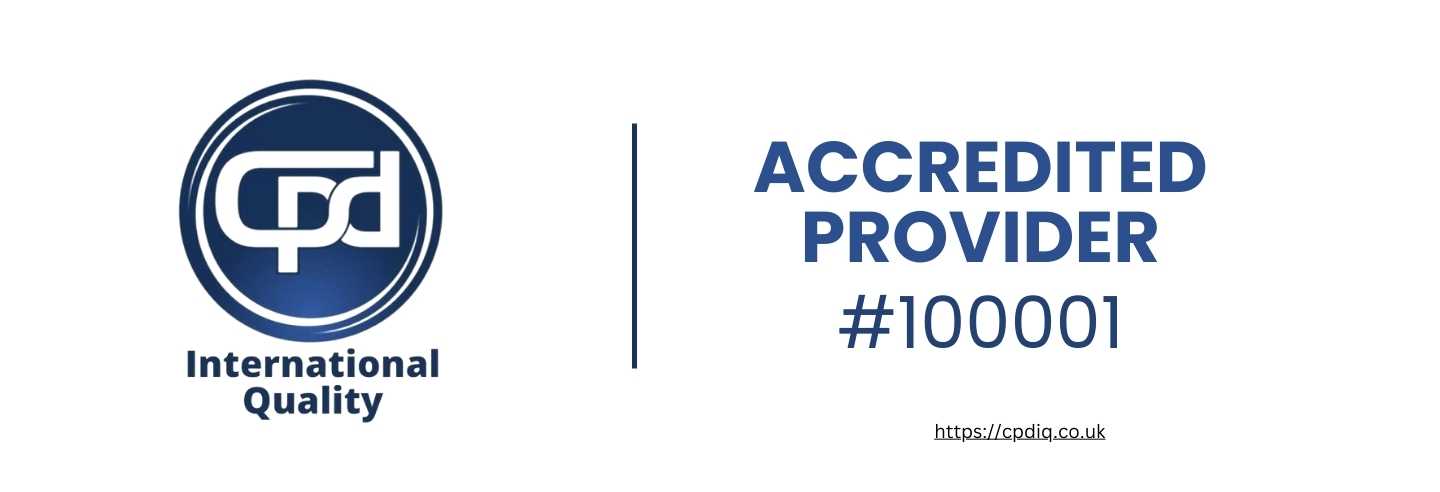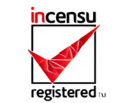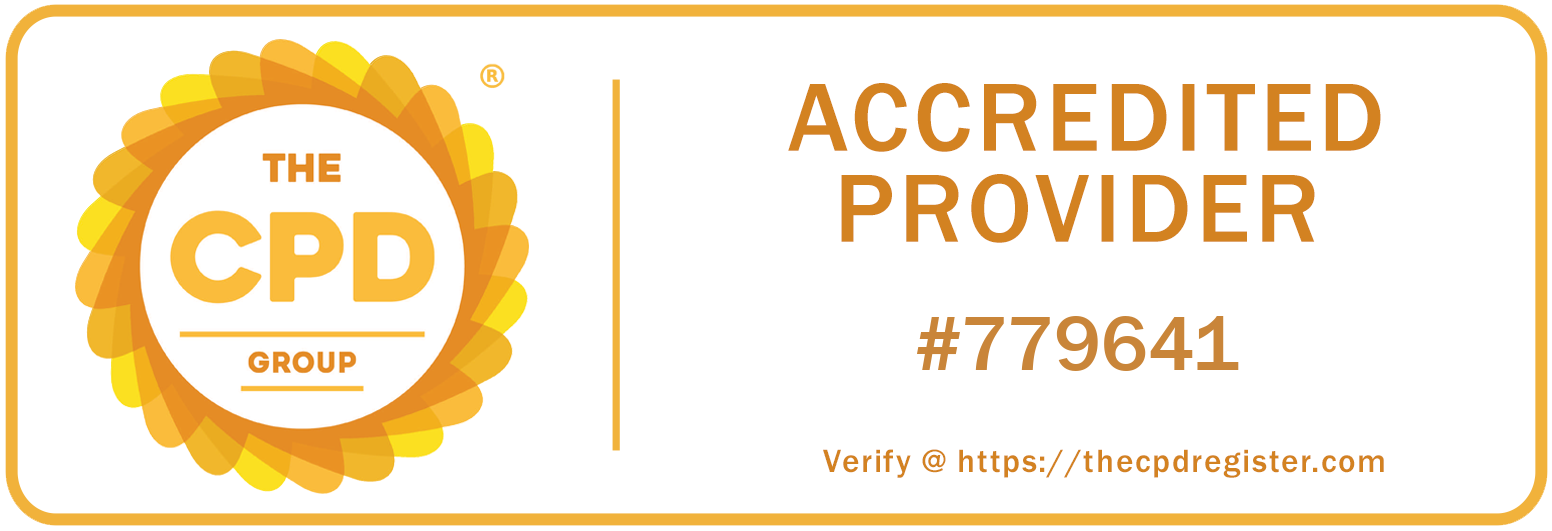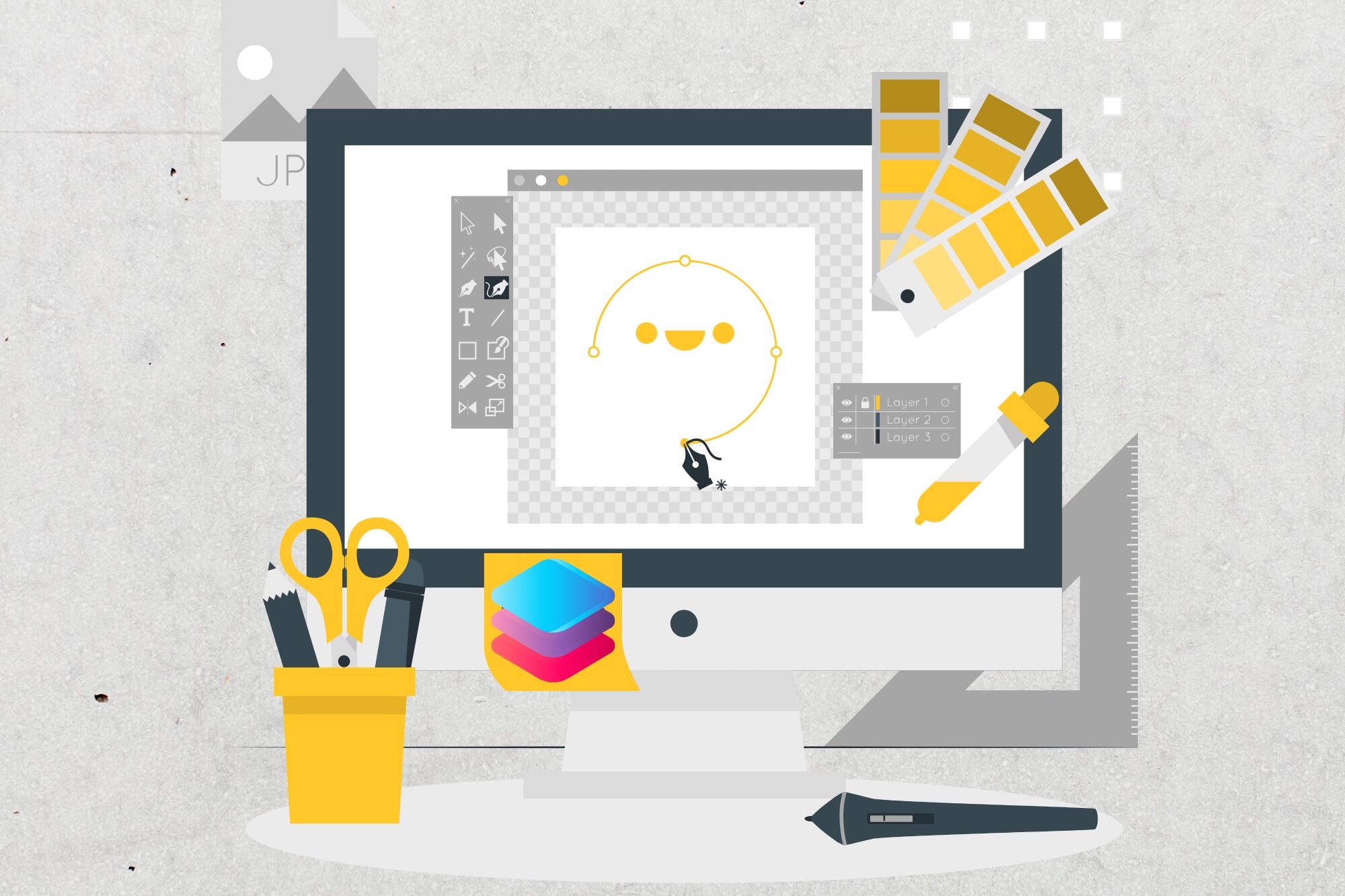
Logo design trends can make or break a brand, so it's important to keep your logo fresh and relevant. Logo design trends can have a substantial effect on how a business is perceived, influencing the level of recognition and trust that the public has in it. If you've ever wondered which logo design trends are going to be big in 2024 and which ones are going to disappear, then this guide will answer all your questions.
What's In Emerging Logo Design Trends for 2024
Minimalism with a Twist
Minimalism remains the dominant force in logo design trends, but 2024 sees the trend take a new twist, with designers adding small, innovative flourishes to minimalist designs in order to make them feel fresh and original while still maintaining the uncluttered, clean feel. This might be a surprising touch of colour, an asymmetrical shape or a hidden symbol within the logo.
Examples of Minimalistic Logos with Innovative Twists
For example, a tech startup's logo might be a simple, geometric shape, but including a small, colourful gradient inside adds depth and interest without sacrificing the minimal aesthetic. A fashion brand might design its name in a classic sans-serif font but then add a distinctive ligature to give it character.
Why This Trend is Gaining Popularity
This is why the trend towards 'minimalism with a twist' is so popular today—it is an aesthetic that strikes a balance between simplicity and creativity. It allows brands to represent a modern, clean aesthetic while still resulting in something distinctive and memorable. The trend works because it has broad appeal to those who seek the beautiful and innovative in their design.
Bold Typography
Bold typography is taking a new trend in 2024. Many designers use very strong and eye-catching typography fonts to create a very attractive and visible logo. This trend includes using thick and heavy typefaces to attract attention and get more confidence and strength.
How Bold Typography Can Enhance Brand Visibility
The bold typeface, which causes your eyes to land directly on the logo, helps to make it more memorable. The font can also send messages of authority and stability—essential qualities for brands in fast-paced and rapidly shifting industries such as technology, finance, and media.
Tips for Using Bold Typography Effectively
Bold typographic elements should always be balanced with a strong sense of visual harmony. Combine bold text with simple, clean graphic elements to avoid clutter. Your typeface choice should reflect the personality and values of your brand. A high-tech company, for instance, might choose a modern sans-serif font, while a luxury brand might go with a bold serif.

Gradients and Color Transitions
Dynamic gradients and colour transitions are quite popular in 2024, when logos are vivid and living. In this trend, multiple colours flow into one another, creating depth and dynamics in a logo.
Techniques for Implementing Gradients in Logo Design Trends
When you use gradients, consider the direction of colour flow: Horizontal and vertical gradients can shift slightly, while radial and angular gradients can be more dramatic. Pick colours that complement one another so the transition is smooth.
Examples of Successful Gradient Logos
For example, Instagram's original logo uses a gradient to create a warm, engaging look – a familiar example of a technique that's now widespread. A beverage brand also uses the shading effect of a gradient to suggest a cold drink, which can be refreshing and appealing.
Abstract and Geometric Shapes
Abstract and geometric patterns are becoming increasingly popular because they offer a modern aesthetic and can represent complex ideas in a more simplified and aesthetically pleasing manner.
How to Use These Shapes to Convey Brand Identity
Geometric and abstract shapes can represent a brand's raison d’être, such as the ring for unity and universality or the angles for innovation and precision.
Examples of Brands Effectively Using This Trend
Abstract and geometric shapes are often seen in logos of tech companies, which want to convey their fresh and innovative image. Companies such as Google and Dropbox use logos featuring these shapes, which are also simple and sophisticated so that their designs can fit in those of all sizes and shapes.
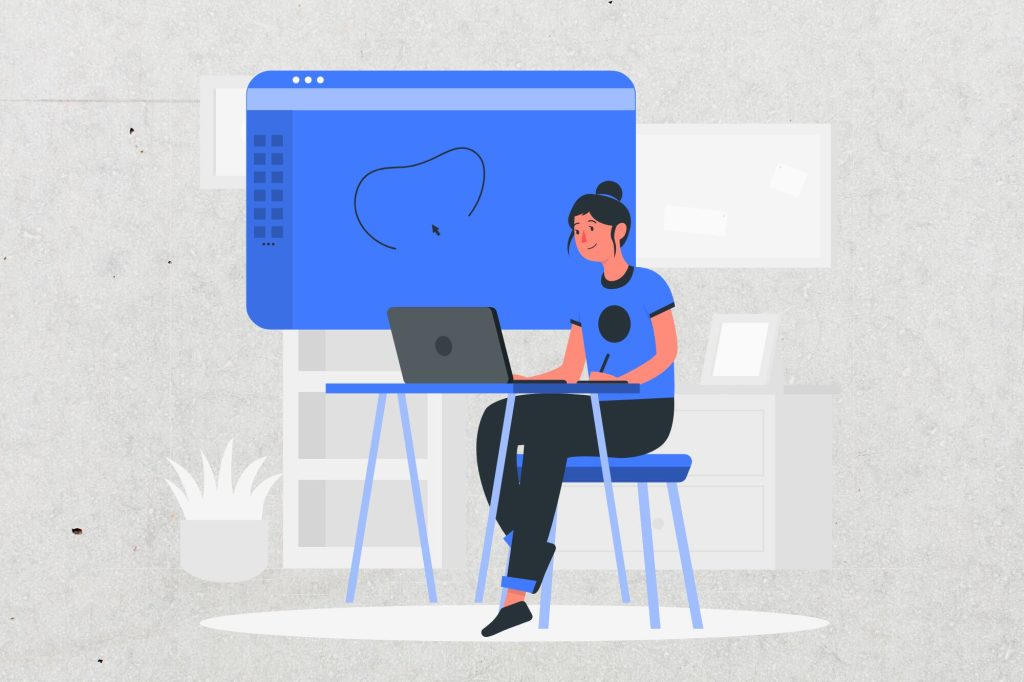
Hand-Drawn and Custom Illustrations
The emergence of hand-drawn logos is becoming increasingly personalised, providing a breath of fresh air and unlimited creativity for the brand. Custom illustrations can make a brand feel closer and more human.
Benefits of Using Custom Illustrations for Uniqueness
A hand-drawn element can help a logo stand apart from other digitally produced logos and convey a sense of artisanal or crafted quality. This is particularly helpful for brands that emphasise originality and personal touch, such as artisanal goods, creative services, and boutiques.
Tips for Integrating Hand-Drawn Elements into Your Logo
To incorporate hand-drawn elements successfully, make sure they fit your brand's overall look and feel and highlight a particular part of it while keeping it all in check with clean, contemporary elements.
Sustainable and Eco-Friendly Designs
Logos in 2024 will be much more eco-friendly and sustainable than in previous years. In terms of marketing, companies are now trying to add an eco-friendly aspect to their company logos, for example, by using recycling or similar materials.
How to Incorporate Eco-Friendly Elements into Your Design
Eco-friendly logo design trends frequently feature natural colours such as greens and browns and use organic shapes that convey nature. Leaves, trees, and water are frequent motifs that immediately convey a brand's environmental agenda.
Examples of Brands with Sustainable Logos
To achieve this, brands such as Patagonia and The Body Shop have incorporated earthy tones and natural shapes into their logos, reinforcing their sustainable values. These logos provide a reliable shortcut for consumers who recognise these cues and can quickly identify the brand as a fit for their eco-conscious identity.

What's Out: Trends on the Decline
Overly Complex Designs
One thing that's been happening over the past few years is that corporate identities are becoming less and less elaborate, and logos are being simplified. Given this trend, the writer goes on to say that Brands opt for simple designs in order that their logos can be reproduced in different mediums to confirm their ubiquity; they also need to be scalable because otherwise, they won't be visible and legible. Complex logos are difficult to reproduce in a variety of formats, and they often need to scale better, which can make them problematic when it comes to visibility and legibility.
Why Simplicity is Favored Over Complexity
Clear is always most effective in logo design trends, ensuring the desired message is understood easily at a glance. This principle of simplicity enables more effective use of a logo in all applications, from business cards to billboards, and makes it more memorable, which, in turn, builds brand recognition and loyalty in the long term.
Examples of Outdated Complex Logos
Favouring a simpler logo, legacy brands such as Starbucks stripped their detailed and intricate logos to their essential, more modern, stylised form; the coffee-house chain's mermaid is still there, only more elemental and contemporary. Likewise, with MasterCard, overlapping circles were replaced with cleaner and sleeker ones.
Generic and Overused Icons
Familiar icons and symbols are increasingly frowned upon. Globes for global reach, light bulbs for ideas, gears for industry: overused symbols lack bite.
The Importance of Originality in Logo Design Trends
Logos in a saturated market need to be original. A distinctive logo will make a brand stand out and make it hard for consumers to forget. Companies should, therefore, avoid generic icons whenever possible.
Common Icons to Avoid and Why They're Falling Out of Favor
Icons such as the above-mentioned light bulbs, globes, and gears are considered clichés. They give a brand a dated, uninspiring look and can make it appear unoriginal. Brands are encouraged to find symbols that better reflect their identity and values.
3D and Skeuomorphic Designs
A few years back, 3D and lifelike logos, known as skeuomorphism, were all the rage. Such designs include realistic textures, shadows and gradients to make the design appear as though it has depth and dimension. Nowadays, however, the trend is looking flat and simple.
Why Flat and Simplified Designs are Preferred
Flat designs are cleaner, more modern, and easier to reproduce on any screen, from the web to tablets and phones. They are faster to load onto digital platforms and more versatile in different sizes and contexts. Flat designs look more professional and timeless.
Examples of Logos That Have Transitioned Away from This Style
Most brands that once used skeuomorphic designs, such as Apple and Microsoft, have now gravitated towards flat, minimalist logos. Apple's icon, for example, has undergone a significant modern redesign, with the three-dimensional apple with a bite out of it replaced by a sleek, flat silhouette.
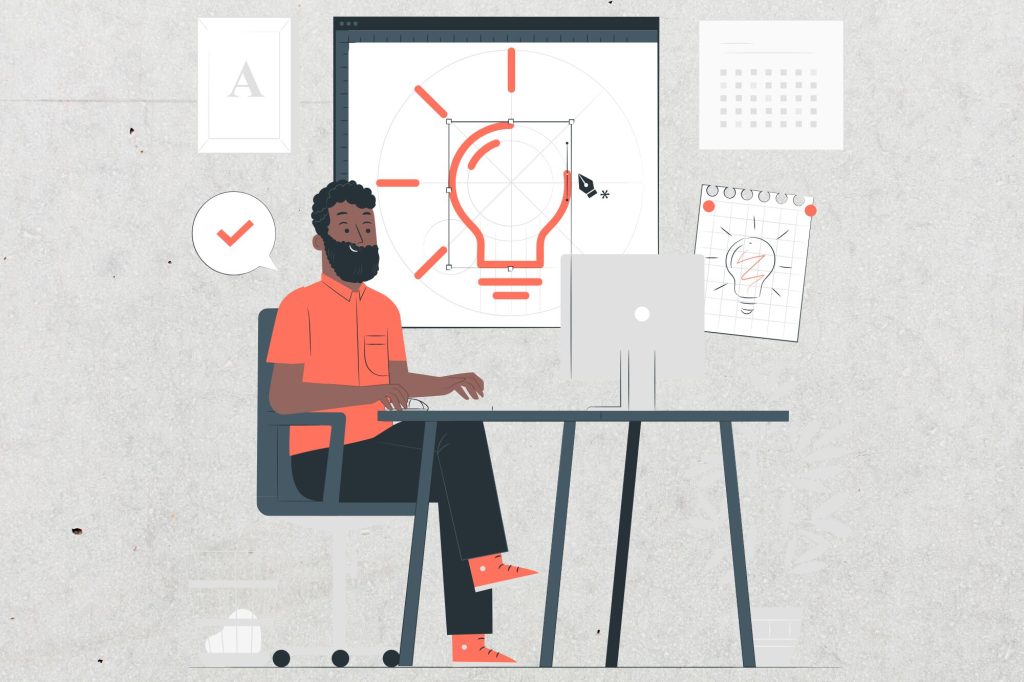
Vintage and Retro Styles
Vintage and retro styles have had their time in the logo design trends but are now on the decline. Though evoking nostalgia, they can easily date a brand when not executed properly.
Reasons Why This Trend is Becoming Less Relevant
It can limit a brand's appeal to younger, more contemporary audiences and may contradict its desired image if it is trying to convey an innovative, forward-looking image.
Examples of Brands Moving Away from Retro Aesthetics
Much of what is new is marked by contemporary cleanliness, and some burger brands—such as Burger King, which recently redesigned its logo to a more modern, minimalist version following 20 years of retro flair—appear to be trying to keep up.
Excessive Use of Gradients and Shadows
Grads and shadows add depth and dimension to logos, but overuse creates a cluttered, dated look. The trend continues toward cleaner, flatter, more reproduction—and application-friendly designs.
How Overuse of Gradients and Shadows Can Clutter a Logo
When used in the wrong way or excessively, gradients and shadows can make a logo lumpy to read (at small sizes on-screen, for example) or tricky to reproduce, especially in print or digital media. Simpler is often better.
Tips for Simplifying Your Logo's Appearance
This makes for cleaner designs, so stick to gradients and shadows sparingly and choose solid colours with simple shapes to communicate your brand message loud and clear. Always make sure your logo looks good in all sizes and colours and both versions (colour and monochrome).
Adapting to the Trends
How to Evaluate if Your Logo is Outdated
Start by asking yourself if your logo is competitive and contemporary. You can compare your logo to those of your competitors and other industry-leading companies. Ask yourself if your logo appears dated or too busy. Does it fall short when viewed in tiny sizes or when printed on different materials? Does your logo represent your brand's current values and mission? If your logo doesn't fit in with today's aesthetics and technology, it may be time for an update.

Steps to Take if Your Logo Needs a Refresh
Conduct a Brand Audit: Evaluate your brand's current position, goals, and target audience.
Ask for Feedback: Interview stakeholders, employees, and customers to learn about your perceptions of your current logo.
Set Goals: Specify what you want to accomplish with the logo update, whether it's modernising the look or making it more legible.
Research Trends: Find out what design trends are relevant to your brand and compatible with the new logo.
Sketch and Experiment: Create initial sketches and concepts, experimenting with different styles and elements.
Iterate and Refine: Continuously refine the design based on feedback and testing.
Balancing Current Trends with Your Brand's Identity
It's fine to keep abreast of trends. Still, your logo is forever, so any 'new element' must always relate to your core brand identity. Make sure that whatever you add reflects the brand—and then, if it doesn't feel right for a particular brand personality, don't do it.
Implementing New Trends
Start Small: Make incremental changes. Tweak the colour palette or typography before redesigning the logo.
Variations: Design several versions of your logo with small test variations to see which one performs the best.
KISS Principle: One or two trends are enough for a design to avoid overcrowding. KISS ('Keep It Simple, Stupid') works to keep things clear and easy to identify.
Ensuring Your Logo Remains Timeless Despite Following Trends
If you want to develop an everlasting logo, then use trends that are likely to stand the test of time and avoid those that appear destined to age quickly. Simple and elegant lines, a balanced composition and the flexibility to adapt to both big and small formats are all likely to make your logo timeless.
Working with a Professional Designer to Update Your Logo
Working with a professional designer can bring much-needed expertise and a fresh perspective on how to develop a logo that will look modern and good. Share your vision with a designer and have them help translate your ideas into a sleek and effective logo design trend that incorporates the most modern trends while still having a timeless feel. Be open with your designer about your brand values and goals so they can help you arrive at the right look for your business.
The Danger of Incorporating Too Many Trends
On the other hand, using too many trends can create a 'busy' or confused-looking logo and a brand message that is diluted across several trends. You can also end up with a design that ages itself as soon as the trends change. A logo design trend that tries to be all things to all people can fail at being clear or simple.
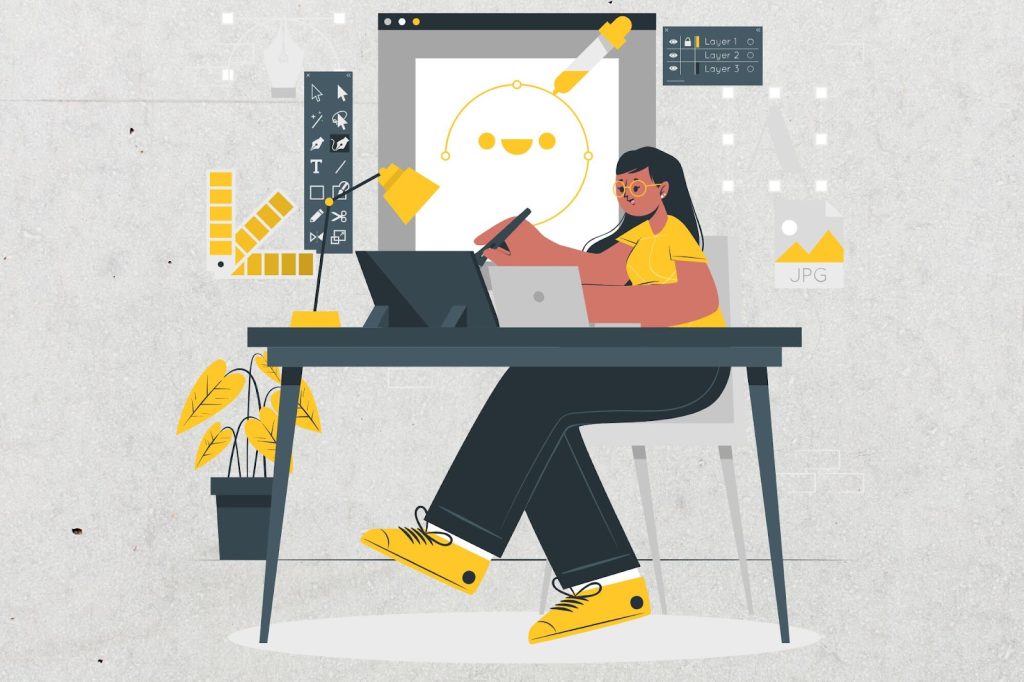
Focusing on Trends That Align with Your Brand Values
Choose the trends that are most in sync with the identity and values of your brand. Thus, if eco-friendly sustainability is a key value, this is an area where eco-friendly design elements will easily fit into the brand DNA. Select the trends that will strengthen the story your brand wants to tell to the consumers who are your target audience.
Striking a Balance Between Trendy and Timeless
To strike a balance, stick to the classical principles and include modern elements for contextualisation and newness. At the same time, be wary of extremes that won't age well or will look dated quickly. Your aim should be for a design that feels like it's of today but can evolve as your brand grows.
Conclusion
To sum up, a minimalistic approach with a twist, bolder typography, gradients, abstract shapes, human-like hand drawings, and eco-friendly branding strategies will mark 2024. It is essential to stay informed about the trends while trying to preserve your brand integrity. The logo design trends should evolve when the market changes to remain fresh and impactful. Keep up with the trends while staying true to your brand values.
